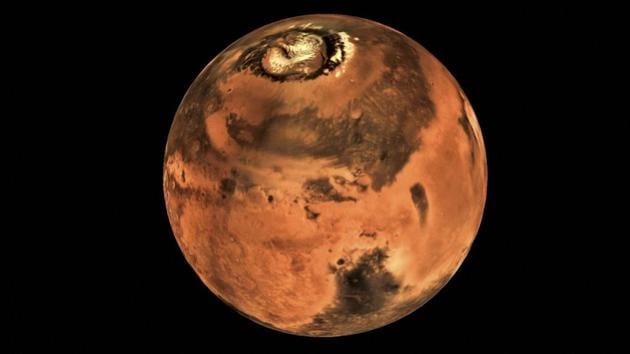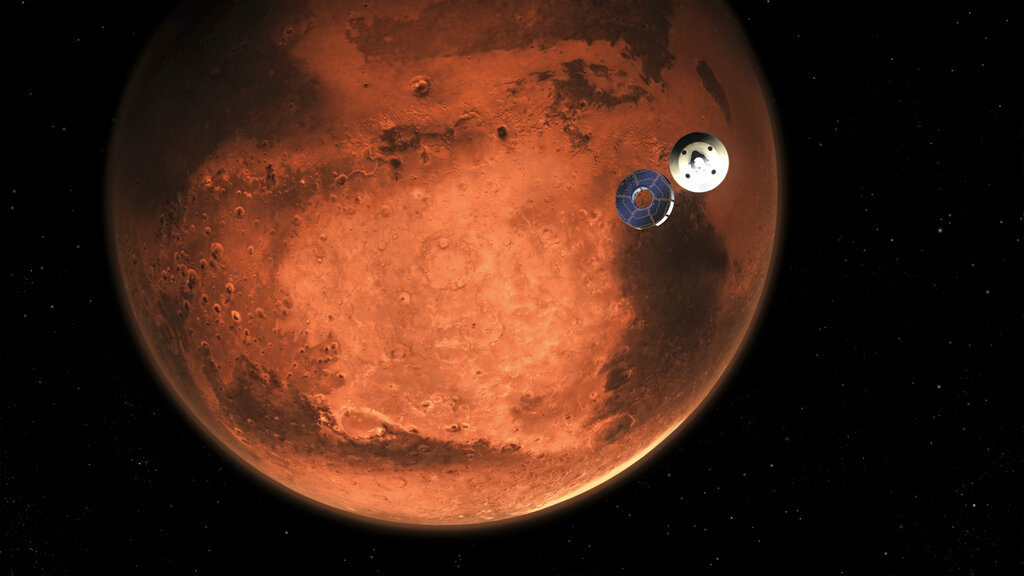
India and Russia are working together to develop a marsoplane, a fixed-wing robotic device to study the martian atmosphere. Here’s everything you need to know.
What are India and Russia’s marsoplane?
A team of scientists from Russia and India working together on a fixed-wing robotic aerial platform. The marsoplane is aimed at better understanding the martian atmosphere. “A fixed-wing robotic aerial platform is being developed by a team of scientists from the Moscow Aviation Institute (MAI) along with Indian specialists to study the atmosphere and surface of Mars,” stated Elena Karpovich. Karpovich is a junior researcher from MAI in charge of designing the UAV and aerodynamics for the project.
“The Mars robotic flying craft is being engineered by an international team that comprises computational fluid dynamics specialists from the Indian Institute of Technology Kharagpur,” added Karpovich. The team began their work in April 2022 following the approval for funding by the Russian Science Fund. The technology demonstrator is expected to be tested by the end of next year. “By the end of 2024, the Russian side will have to publish ten articles, build and successfully test the technology demonstrator,” she added.
Marsoplane: More on the project

One of the major obstacles in the marsoplane project is getting the specifics of Mars’ climate and atmosphere. This will also help in preparing the UAV for dust storms and the rarified atmosphere of the planet. “The specifics of the Martian atmosphere complicate the designing of the effective lifting surfaces and restrict us in choosing the powerplant. Dust storms require thoroughly designing protection for the systems and equipment and the flight profile of the flying craft with a small wing load,” explained Karpovich.
The research team is also holding consultations with various enterprises and scientific institutions of the space rocket industry. Moreover, the airplane is jointly developed with the Russian Academy of Sciences’ Space Research Institute. “Presently, together with specialists of the Space Research Institute, we continue discussing research tasks for UAVs. And their relevant devices and flight profiles. As well as areas on Mars that are of interest for studies. The scientific mission can also include climatic, mineralogical, and thermophysical studies. As well as the study of the Martian magnetic field,” stated Karpovich.
